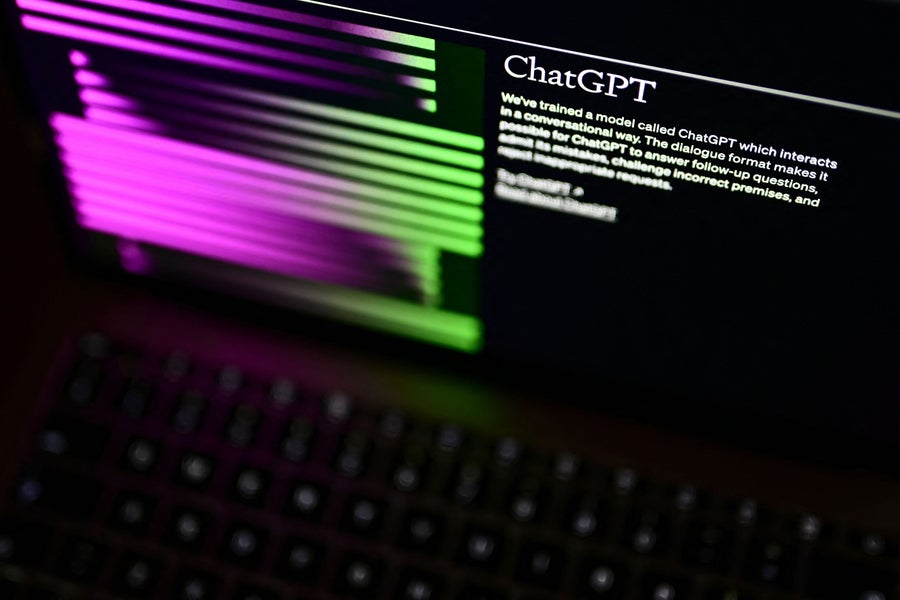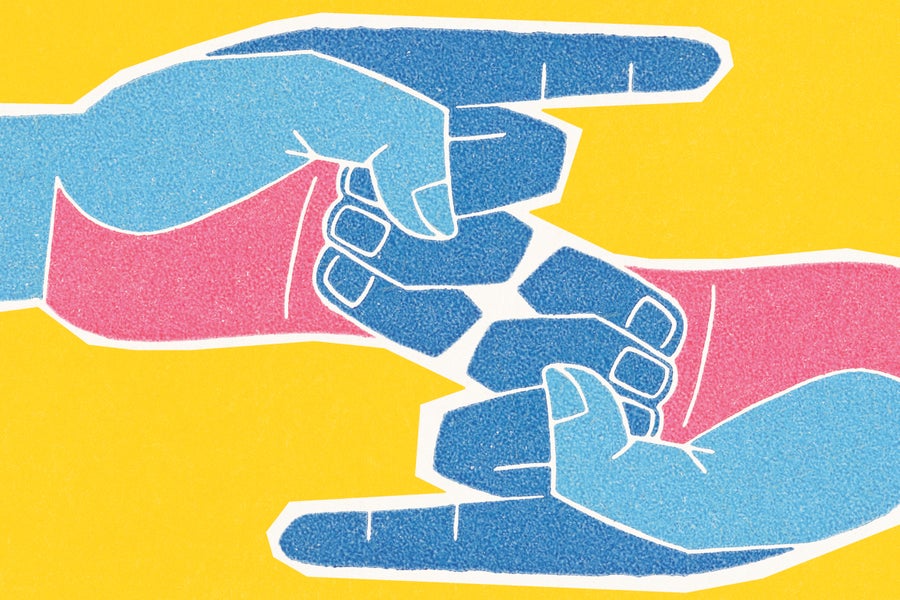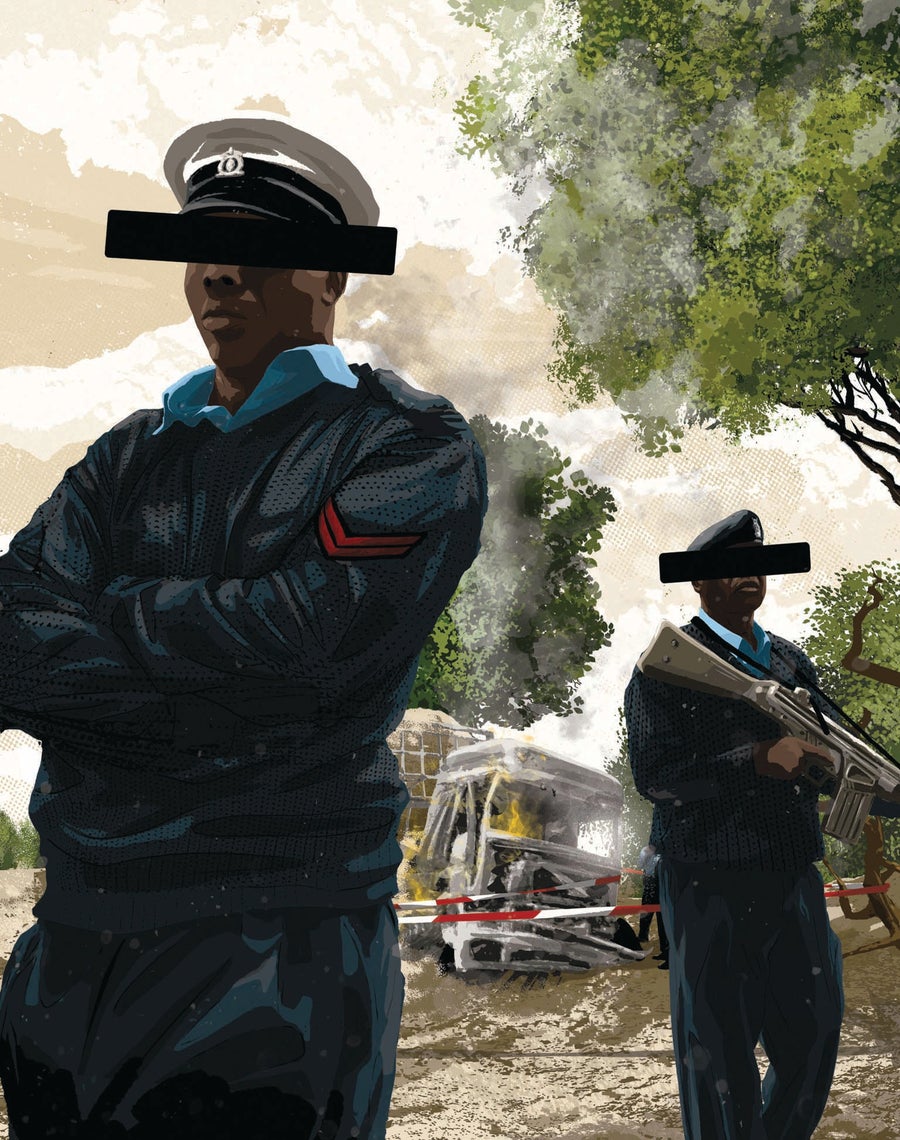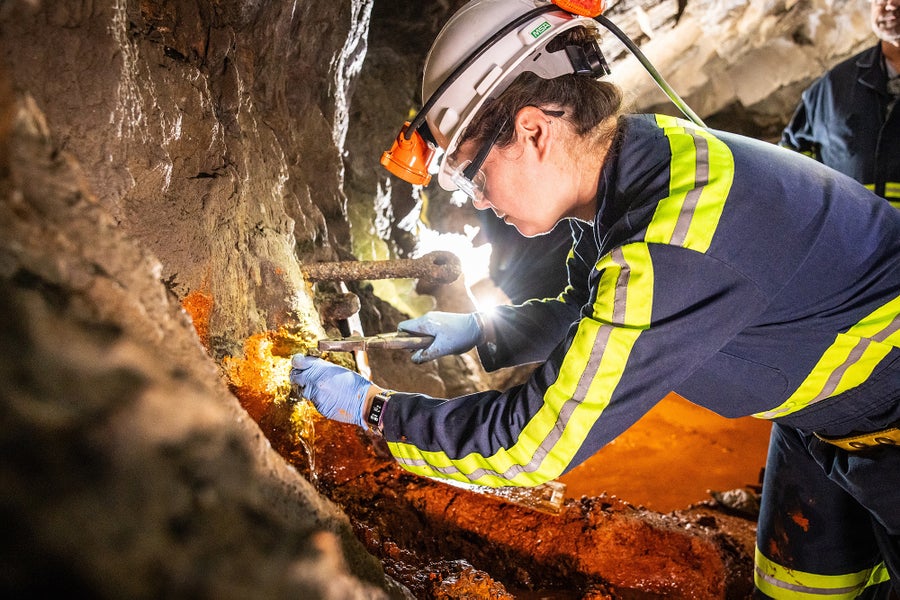
Vocab Used : languages, bilinguals, stamp, influence, linguistics, intersection
Psycholinguistics is a field at the intersection of psychology and linguistics, and one if its recent discoveries is that the languages we speak influence our eye movements. For example, English speakers who hear candle often look at a candy because the two words share their first syllable. Research with speakers of different languages revealed that bilingual speakers not only look at words that share sounds in one language but also at words that share sounds across their two languages. When Russian-English bilinguals hear the English word marker, they also look at a stamp, because the Russian word for stamp is mark.








